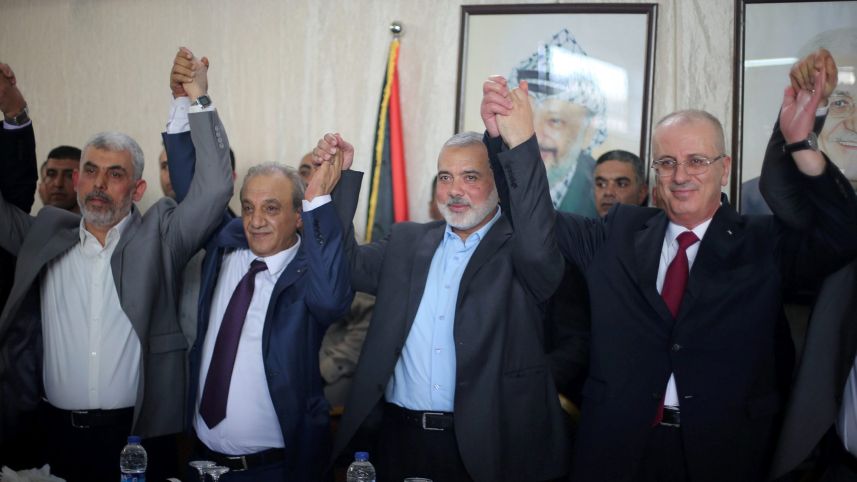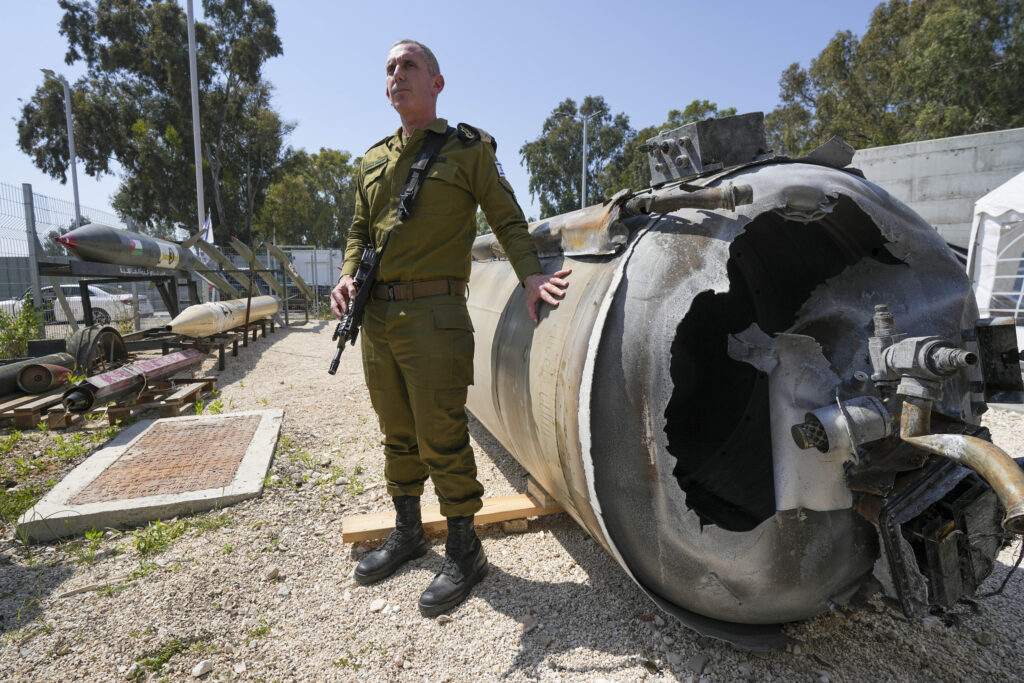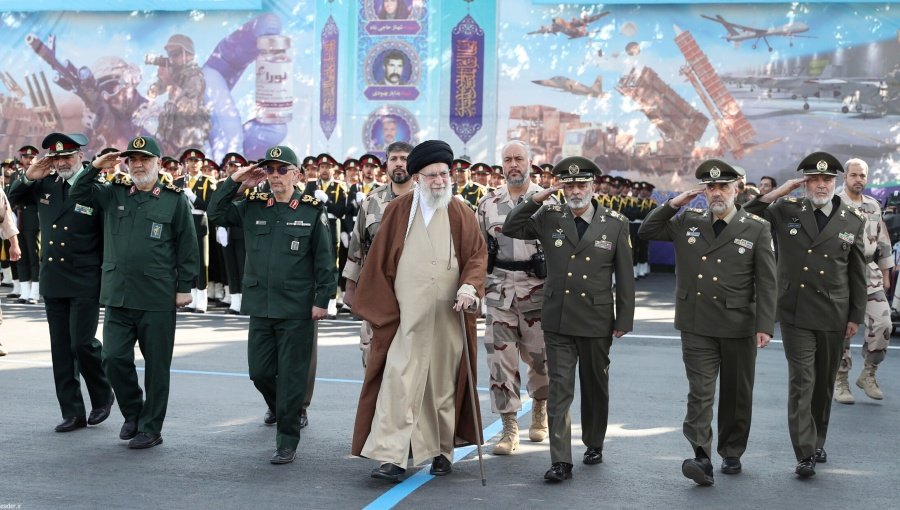UPDATES
Hamas-Fatah reconciliation talks – a Hezbollah Model?
Oct 11, 2017

Update from AIJAC
October 11, 2017
Update 10/17 #02
With Fatah-Hamas negotiations over a unity government and other arrangements for Gaza starting in Cairo today, this Update looks at the issues being discussed, the likelihood of success, and in particular, whether Hamas is seeking what has been described as a ‘Hezbollah model”. This would be a situation, like Hezbollah’s in Lebanon, whereby the PA would run civilian services in Gaza, but Hamas would have all military power in the strip.
We lead with a report from Haaretz on the Cairo talks, and in particular what is and is not being discussed. Reporter Jack Khoury says the current discussion will deal with only relatively easy administrative issues – leaving the harder issues, especially what will happen to Hamas’ armed wing and issues surrounding negotiations with Israel, until later. He quotes the Egyptians, who are the key players in this process, as saying they are determined to avoid hard questions for now to keep the process from failing at the first hurdle. Yet Khoury notes that the fundamental differences between the two sides will have to be addressed at some point. For his report on where the process is now, CLICK HERE.
Next up is Times of Israel Palestinian Affairs reporter Avi Issacharoff, who explores what Hamas may be thinking in the current process. In particular, he looks at the Hezbollah model noted above, whereby ” the Palestinian Authority [is] to run ongoing affairs in the Gaza Strip, to worry about electricity, water, sewage, social welfare, unemployment, and so on, while making sure that Hamas’s military wing retains all its weaponry.” He notes that Hamas, which has run Gaza so poorly for its population, may be willing to turn over governance to the PA, but has made it very clear it will not be giving up its arms – or its effective military control. He also discusses the problems this model would cause for both the PA and Israel. To read his detailed and knowledgeable discussion, CLICK HERE
Finally, Israel academic expert Dr. Eyal Zisser says Hamas is looking for solutions to the problems it has created for Gaza in a decade of misrule from both Iran and the Palestinian Authority. He argues anything the “Hezbollah model” Hamas is proposing would be a charade with Hamas still essentially possessing the ultimate say in Gaza. He also says such a model would be a win for Hamas – and something Israel cannot let pass without a challenge, as it would essentially end Israeli leverage against the group to deter attacks. For Zisser’s complete argument, CLICK HERE.
|
|
|
|
|
|
|
















